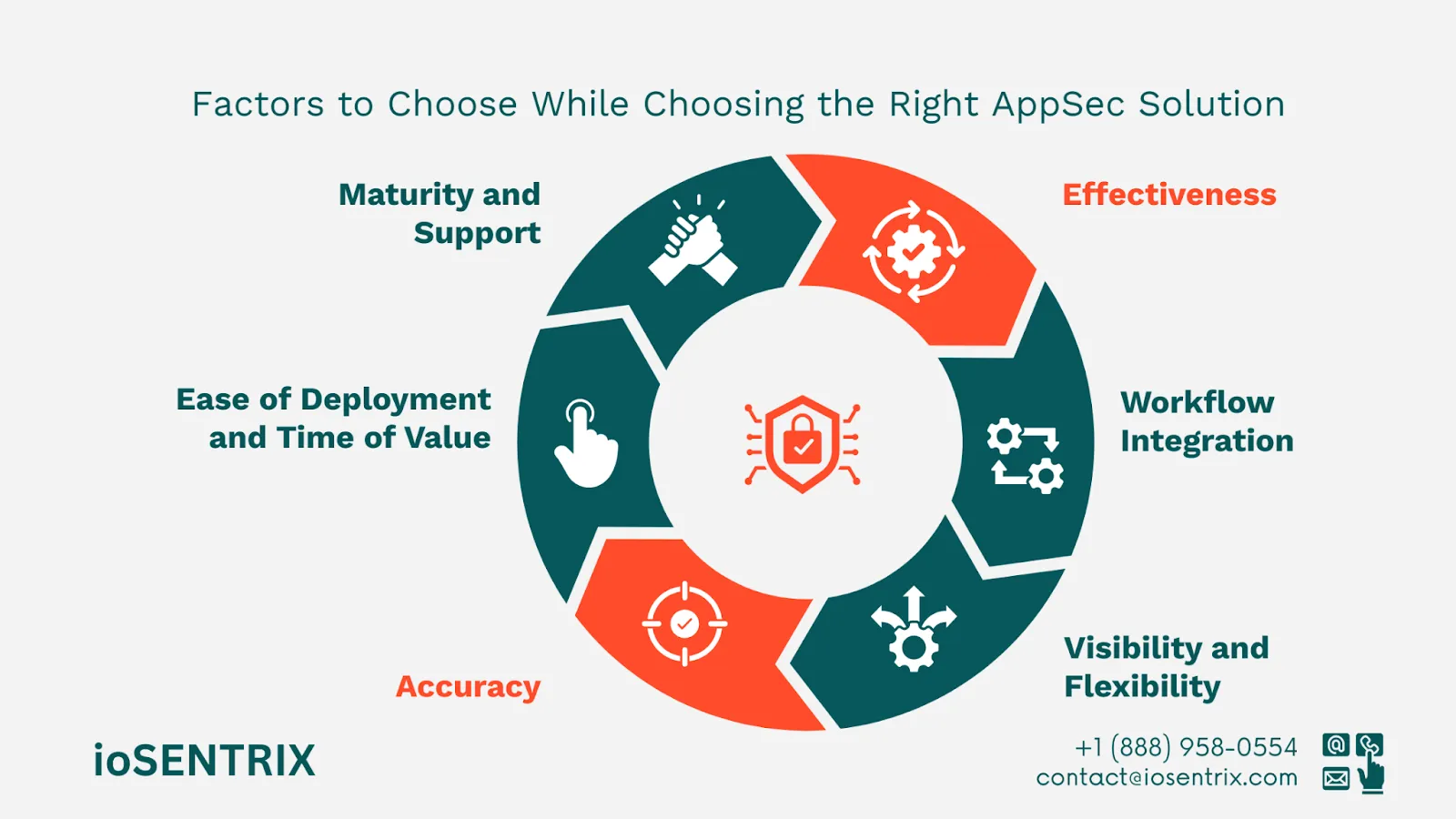
Application security must be integrated and consistently upheld throughout the software development process. Even companies with advanced application development methods require advanced solutions to reliably secure their software in complex environments.
Security leaders often prioritize software security by implementing runtime protection measures. Major cloud service and infrastructure providers typically offer basic security tools as standard with their cloud deployments.
Monitoring CVEs helps organizations identify and patch vulnerabilities in software components, a critical aspect of application security. However, to effectively respond to potential threats, application security must also include vulnerability testing, which helps to find and reduce security risks.
This article explains why AppSec Solutions are important, why you need them, and how to choose a good AppSec Solution for your organization.
The industry has utilized these tools for some time, but they were only recently applied to security testing. For many years, quality engineering teams have developed unit tests using technologies like headless browsers to check the functionality of business logic in applications.
We can use many of these same tools to create tests that focus specifically on security vulnerabilities. By referring to resources like the OWASP Top 10, we can write and automate tests to examine applications for the most common web application security issues.
As an industry, we are improving our use of larger tools, like application scanners, that work with CI/CD tools to conduct dynamic scans through APIs. The results from each scan help us decide within the CI/CD pipeline if an application, a feature, or a group of features is ready to go live in production.
If your organization is new to application security, examine what your development team currently uses and build on that foundation. Use those as a starting point if you already have a quality assurance program or a CI/CD process.
On the other hand, if you have an established security team, you may already possess static or dynamic testing tools that you can utilize.
Several trends are making software security more difficult and raising risks for users. Codebases are becoming more complex, with numerous internal and external interactions. Development methods like cloud-native and microservice architectures, which depend heavily on APIs, introduce new challenges.
Software now uses components from a broader range of sources, in different programming languages, and with various levels of trust. These factors contribute to application security complexity that is too great for any development or DevOps team to handle solely through manual communication with a security team.
Additionally, the pace of change in software development outstrips traditional methods like penetration testing. As these teams shift towards creating a DevSecOps culture, they will need automation and more effective tools to detect security problems early and accelerate the fixing process.
Attackers know your vulnerabilities, particularly targeting web applications and APIs to steal sensitive information. According to Verizon’s Report, there was a 180% increase in attacks that exploited application vulnerabilities in 2023.
Not all AppSec tools are the same and different methods for implementing a cybersecurity program can vary greatly. Using ineffective tools to meet compliance requirements or overlooking proactive testing can complicate development.
The right tools enhance protection and streamline collaboration between development, operations, and security teams. Before choosing any solution for your AppSec, consider these factors.
How do the tools you are evaluating compare according to trusted industry standards? For instance, when looking at DAST, how well did the tool perform in tests like Shay Chen’s web vulnerability scanner benchmark? Can it identify all the vulnerabilities you need to address?
Can it crawl and scan JavaScript-heavy single-page applications? Does it support authenticated scans? Is it configurable and customizable enough to thoroughly assess each of your specific applications?
If your security engineers and developers cannot rely on a tool's reports, they must manually check everything it reports. This is costly and conflicts with the need for fast development.

After a company acquires an AppSec tool, implementing it and realizing its full value is often challenging. What steps are needed to begin using the tool effectively? DAST is notable for being easy to deploy and offering testing coverage that works with various technologies.
The best DAST solutions can move quickly from setup to effective solutions in just a few days or even hours.
Will the tool only address a small part of your overall attack surface, similar to SAST tools that are limited to specific programming languages and depend on code availability? Is it easy to incorporate test results into your vulnerability management process within the tool or through a separate security platform? Can this tool serve as a security measure for the entire organization?
No security solution works in isolation, but AppSec tools must integrate smoothly and effectively into development workflows. Consider how a tool will fit into your current processes and systems.
Will it enable you to perform security testing earlier in the software development life cycle and at various stages throughout? Will it facilitate better collaboration and break down barriers? Will it provide unclear information that leads to blame, or will it offer detailed bug reports with solid evidence?
The Application Security (AppSec) market offers various commercial and open-source tools. However, it's important to remember that these tools require proper management and operation.
Do you have reliable vendor support (like ioSENTRIX) to assist you from the initial setup to full production? Is the tool advanced enough to conduct all necessary tests and provide results that can be automated without the worry of false alerts or delays?
In the long run, regardless of your chosen option, you will benefit from higher-quality code, fewer bugs, and less time spent fixing issues. In contrast, a reactive approach can lead to stress, increased costs, and negative impacts on various teams and applications.
Application security goes beyond just creating better applications and code; it's also about providing your customers with confidence that your software has been thoroughly tested and is of high quality. This commitment to security can give you a competitive edge and become a significant factor in driving your business forward.
Right application security tools are essential to actively managing cybersecurity and business risks. Discover how ioSENTRIX has introduced proactive prioritization in application security testing through its Managed ASaaS Solutions.
It helps identify and address vulnerabilities early, which reduces the risks of security breaches and makes it easier to maintain high software quality throughout the development cycle.
They automate testing processes, monitor for known vulnerabilities, and help developers respond to security threats more efficiently.
Consider factors such as effectiveness, accuracy, ease of deployment, visibility, and workflow integration. Look for solutions that are capable of thorough testing, minimize false positives, and are easy to implement.
Application security solutions can lead to higher-quality code, fewer bugs, and less time to fix issues. It increases the overall security of your software, boosts customer confidence, and gives your business a competitive advantage that your applications are secure and reliable.